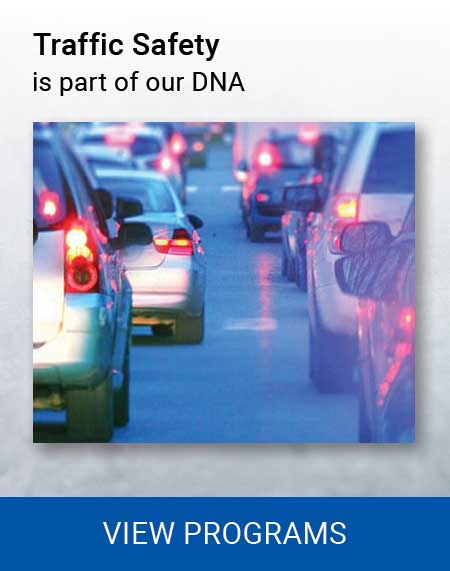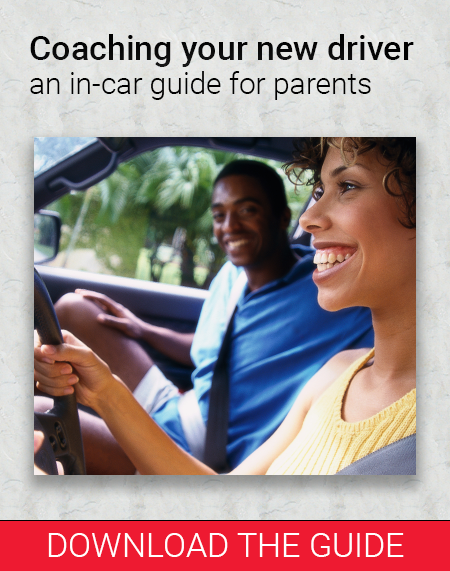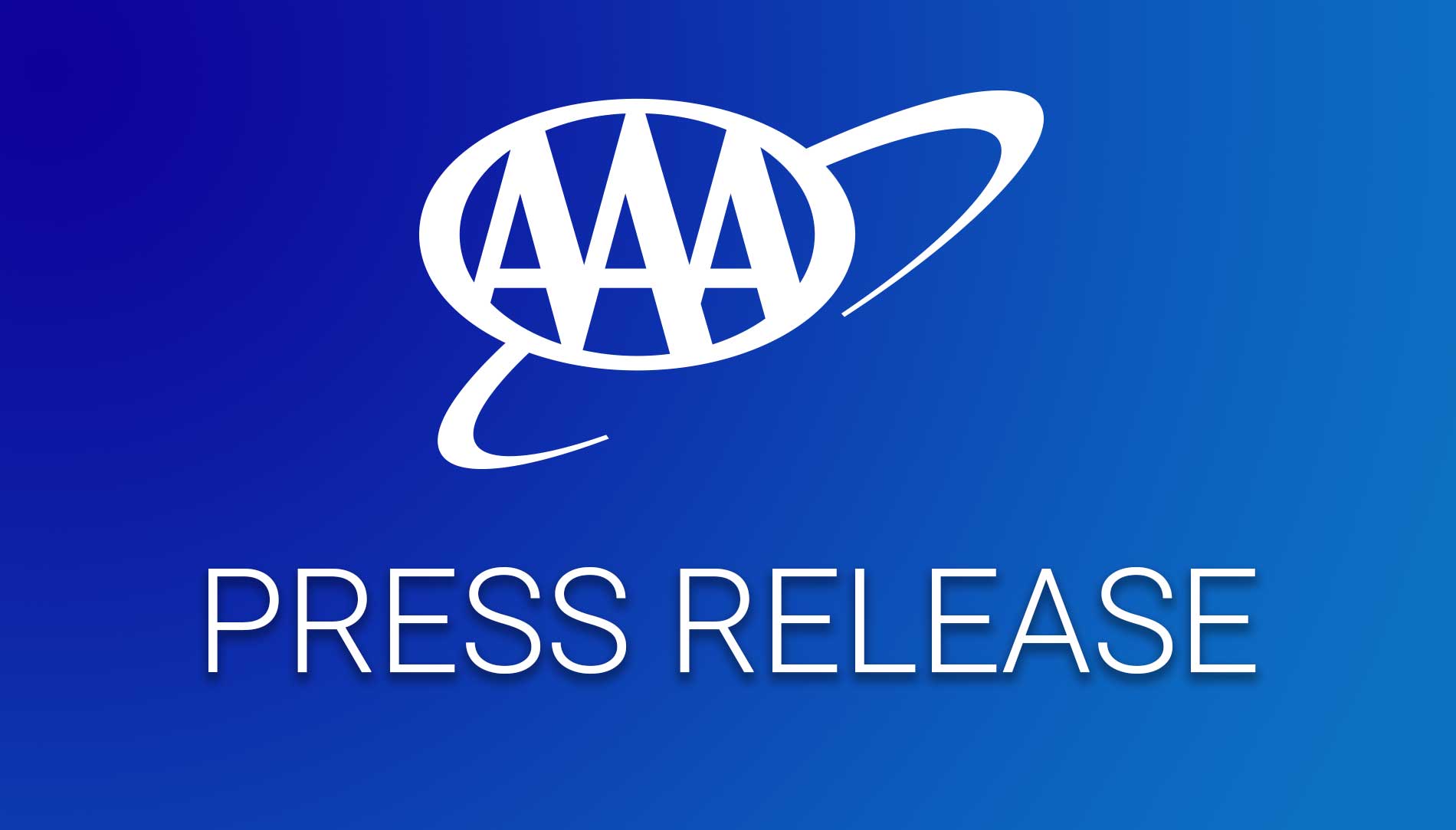AAA Urges Driver Caution As Major Winter Storms Barrel In Coast To Coast
BELLEVUE, Wash. — Dangerous winter storms and bad weather are a factor in nearly half a million vehicle crashes and more than two thousand deaths every winter, according to the latest research by the AAA Foundation for Traffic Safety. As high avalanche warnings and heavy snowfall are sweeping the Pacific Northwest and a potentially historic winter storm approaches the East Coast, AAA is urging motorist to be prepared and remain cautious if driving.
“There are a disproportionate number of crashes this time of year involving bad weather and winter storms,” said Jennifer Cook, AAA Washington spokesperson. “Snow and sleet can cause significant safety problems by reducing visibility and making it difficult to maneuver or stop.”
About 46 percent of crashes involving bad weather take place in the winter, making this the worst time of year for driving in treacherous conditions. The highest proportion of crashes involving bad weather happen overnight from 6:00 PM until 5:59 AM, when visibility is limited and roads are most likely to freeze. Previous research also has found that the rates of fatal crashes are higher during the first snowfall of the year than on subsequent days with snow.
The new AAA Foundation research report (Motor Vehicle Crashes, Injuries and Deaths in Relation to Weather Conditions) analyzed bad weather and crashes throughout the year. The study found that rain, snow, sleet and fog are a factor in more than 1.1 million police-reported crashes, 425,000 injuries and 5,100 traffic deaths per year. The average crash data for various types of bad weather includes:
| Weather | Crashes | Injuries | Deaths |
| Rain | 518,303 | 206,474 | 2,239 |
| Snow | 189,416 | 51,267 | 523 |
| Sleet | 36,491 | 11,644 | 143 |
| Fog | 21,616 | 8,167 | 374 |
The study did uncover surprising news. Crashes in bad weather are generally less severe than crashes taking place in clear weather. For example, crashes that occur on snow-covered roads result in 31 percent fewer injuries per crash and 47 percent fewer fatalities per crash than on dry roads. While the new study was unable to examine the impact of bad weather on the risk of being involved in a crash in the first place, other studies have found that rates of all types of crashes generally increase in bad weather, but that the increases in minor crashes are larger than the increases in more severe crashes.
AAA recommends the following eight tips to remain safe while driving in snowy and icy conditions:
- Stay home. If you really don’t have to go out, don’t. Even if you can drive well in the snow, not everyone else can. Don’t tempt fate.
- Drive slowly. Everything takes longer on snow-covered roads. Accelerating, stopping, turning – give yourself time to maneuver by driving slowly.
- Accelerate and decelerate slowly. Apply the gas slowly to regain traction and avoid skids. Don’t try to get moving in a hurry and take time to slow down for a stoplight. Remember: It takes longer to slow down on icy roads.
- Increase your following distance to eight to ten seconds. This increased margin of safety will provide the longer distance needed if you have to stop.
- Know your brakes. Whether you have antilock brakes or not, keep the heel of your foot on the floor and use the ball of your foot to apply firm, steady pressure on the brake pedal.
- Don’t stop if you can avoid it. There’s a big difference in the amount of inertia it takes to start moving from a full stop versus how much it takes to get moving while still rolling. If you can slow down enough to keep rolling until a traffic light changes, do it.
- Don’t power up hills. Applying extra gas on snow-covered roads just starts your wheels spinning. Try to get a little inertia going before you reach the hill and let that inertia carry you to the top. As you reach the crest of the hill, reduce your speed and proceed downhill slowly.
- Don’t stop going up a hill. There’s nothing worse than trying to get moving up a hill on an icy road. Get some inertia going on a flat roadway before you take on the hill.
Far too many drivers become stranded on the roadside this time of year. AAA handles an average of 600,000 emergency roadside assistance calls per week in the winter with the most common problems being dead batteries, extractions, towing and flat tires. AAA recommends keeping the following items in your “emergency kit” for winter driving:
- Bag of abrasive materials such as sand, salt or cat litter for gaining traction in snow and ice
- Snow shovel
- Flashlight
- Gloves or mittens
- Ice scraper and snow brush
- Jumper cables
- Blanket
- Warning flare or triangles
- Cellular phone and emergency charger
- Food and water
- First aid kit






